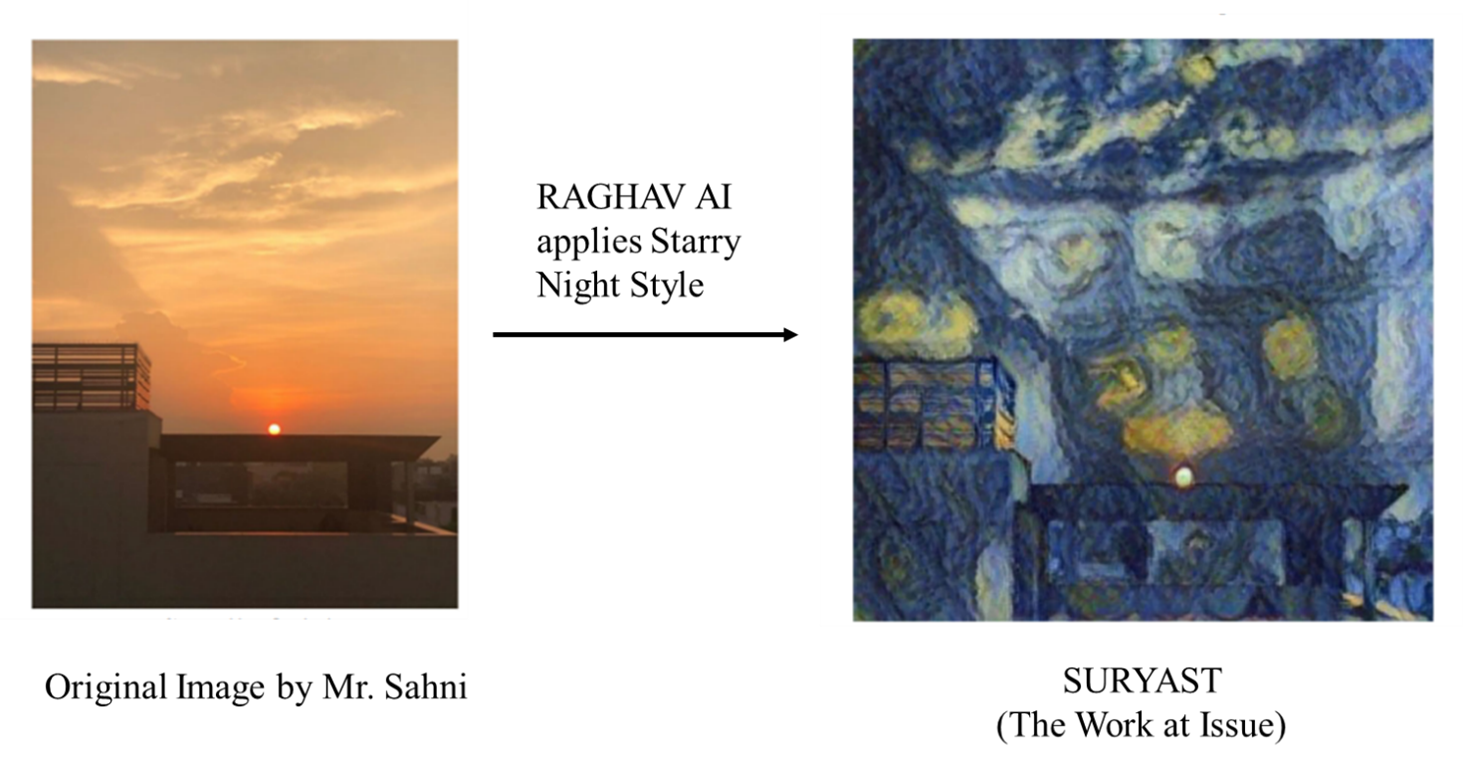The US Court of Appeals for the Federal Circuit affirmed a Patent Trial & Appeal Board obviousness determination, explaining that inter partes review (IPR) statutory provisions that prohibit an otherwise time-barred party from introducing new issues into the proceeding do not apply to motions to amend. CyWee Group Ltd. v. ZTE (USA), Inc. et al., Case No. 21-1855 (Fed. Cir. Jan. 18, 2024) (Prost, Hughes, Stoll JJ.)
CyWee owns a patent directed to a “three-dimensional (3D) pointing device capable of accurately outputting a deviation including yaw, pitch and roll angles in a 3D reference frame and preferably in an absolute manner.” ZTE filed a petition for IPR of the patent asserting that certain claims were unpatentable. The Board instituted the IPR. LG later filed an IPR petition challenging the patent and moved to join ZTE’s ongoing IPR, stating that it would “act as a passive ‘understudy’ and [would] not assume an active role unless [ZTE] ceases to participate in the instituted IPR.”
While LG’s motion was pending, CyWee moved to amend its patent claims, contingent on cancellation of the original claims. ZTE opposed the motion to amend. The Board gave preliminary guidance that the proposed claims lacked written description support and introduced new matter, and also that one of the proposed claims was invalid over the asserted prior art.
The Board granted LG’s motion to join ZTE’s IPR proceeding but placed restrictions on LG’s participation that required LG to consolidate filings with ZTE, rely on ZTE to take and defend depositions, refrain from requesting or reserving additional deposition or oral hearing time, and agree to other procedural concessions to minimize delay to the IPR proceeding.
After LG’s joinder, CyWee filed a revised motion to amend. ZTE indicated that it did not oppose the motion. LG, arguing that ZTE was no longer actively participating in the IPR, moved for leave to oppose CyWee’s motion to amend. Ultimately, the Board permitted LG to present argument and evidence independent from ZTE. LG filed an opposition arguing that CyWee’s proposed revised claims were obvious over Withanawasam, Bachmann and Bachmann2. Notably, ZTE had not cited Withanawasam in its opposition to CyWee’s initial motion to amend.
After the Board issued its final decision finding that the proposed revised claims were obvious over Withanawasam, Bachmann and Bachmann2, CyWee appealed.
CyWee argued that the Board erred by allowing LG to oppose CyWee’s motion to amend in a manner that violated the terms of LG’s joinder and by allowing LG to raise Withanawasam in opposition to the motion to amend. The Federal Circuit rejected both arguments. The Court explained that the Board concluded that although ZTE still participated in the IPR, the proceeding “no longer appear[ed] to be meaningfully adversarial” as to the revised motion to amend. The Court found no error in the Board’s conclusion that ZTE was no longer an active participant in the IPR proceeding, and thus there was no violation of the joinder terms.
The Federal Circuit also concluded that the Board did not err [...]
Continue Reading
read more

 Subscribe
Subscribe



